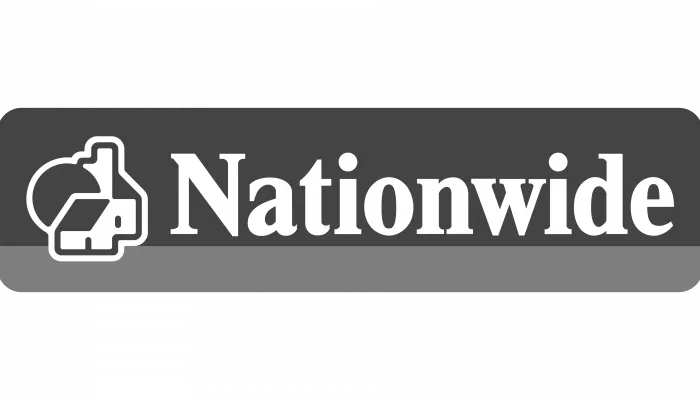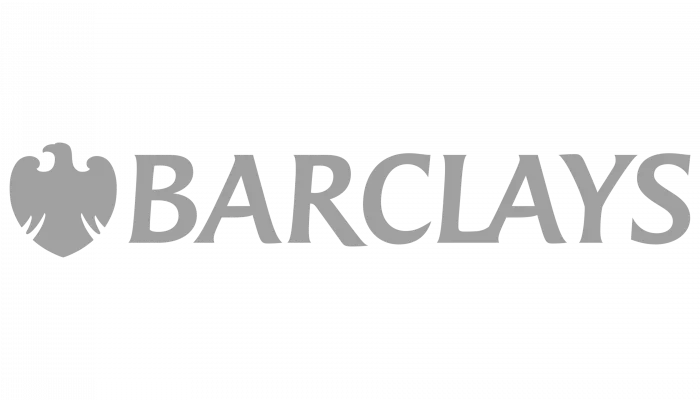A tracker mortgage is very much like any other mortgage in most ways. However, whereas the standard variable rate mortgage interest rate is set by the lender, a tracker mortgage has its interest rate set with reference to in most cases, the Bank of England’s Base Rate.
The Bank of England reviews its base rate every month and sets the rate as a means of setting the cost of money banks ‘buy in’. As the rate rises lending rates are likely to follow. With a tracker mortgage the mortgage interest rate specifically tracks indices like the Bank of England Base Rate.
If the Tracker Mortgage interest rate is set at 2% above Bank of England Base Rate then if the Base Rate were to rise from 0.5% to say 1%, then the mortgage interest rate would rise accordingly from 2.5% to 3%.
At the time of writing (November 2015) the Bank of England Base Rate remains at an historically low 0.5%. Base Rates can rise for many reasons but generally, as the economy grows and inflationary pressures are felt in the general economy, the Bank of England will aim to gradually increase their Base Rate to control inflation and protect the value of the currency.
It’s worth noting that in most scenarios, a bank’s standard variable rate will probably rise and fall as the Bank of England’s Base Rate rises and falls anyway. But a Tracker Mortgage makes this link explicit.
For more information about tracker mortgages contact us or speak to a mortgage adviser on 01628 507477.
Recent posts
Best UK Mortgage Rates this Week
Yesterday

Here are the lowest fixed mortgage rates of the week, available to first-time buyers, home movers, buy-to-let, and those remortgaging.
Call us for more information: 01628 507477 or email: team@mortgagerequired.com.

Just because the Bank of England decides to reduce the base rate, this doesn't automatically mean that your mortgage rate will go down.
Autumn Budget 2025: A Summary
23 days ago

Chancellor, Rachel Reeves, has delivered the Autumn 2025 budget. We have summarised the government's plans for tax and spending.
Renters' Rights Act
14 Nov 2025

The Renter’s Rights Bill became law at the end of October, which means it has been signed off by the King, and it is now the Renters’ Rights Act. Despite this becoming law, these changes are likely to start changing within the next six months, with the aim of being fully implemented throughout 2026 and into 2027.

A welcome change in school is coming as financial literacy is due to become compulsory in schools in England.
The Government has announced that as part of the new national curriculum, children in primary and secondary education will be required to learn about budgeting, compound interest, managing money, and mortgages.
The top 10 most beautiful villages in the world
24 Oct 2025

Forbes has published a global ranking of stunning locations and one popular picturesque corner of the UK has nabbed top spot.

Over three years after the Mini-Budget took place, we look at what the mortgage market looks like now, showing the difference in mortgage repayments.

The government has announced plans to make buying or selling a home cheaper and quicker with what is being called the “biggest shake-up to the homebuying system in this country’s history.”



















